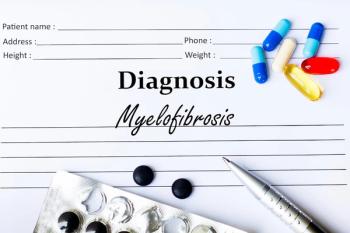
What Can Mouse Gut Bacteria Teach Us About Obesity?
The experiments are revealing the relationship between bacteria in the digestive tract and a genetic disposition toward diabetes or obesity.
Do microbes that live in the digestive systems of mice hold the key to a treatment for obesity? The answer is complicated and many years away, but researchers at Joslin Diabetes Center are looking for answers.
Findings published this week in Cell Metabolism report on work with mouse models, which are being used to explore the ways that gut bacteria interact with the genetic background of hosts and affect weight gain, the development of diabetes, and related conditions that make up “metabolic syndrome.”
While genes matter, so does environment. And the bacteria in the digestive tract constitute part of that environment; so much so that living among hosts carrying microbes that did not promote weight gain could help the mice genetically prone to obesity develop a resistance. Bacteria, obviously, can have a negative effect on the host’s health as well, depending on genetic makeup.
“Our hope is that if we can identify causal bacteria in these animal models, then we can look in humans for bacteria that serve the same kinds of function,” said C. Ronald Kahn, MD, chief academic officer at Joslin and the Mary K. Iacocca Professor of Medicine at Harvard Medical School. “The goal ultimately would be to get a cocktail of purified microbes that is optimized for treatment of humans with obesity or diabetes—kind of a designer probiotic.”
The experiment reported this week involved 3 common mouse models: 1 genetically prone to diabetes and obesity, 1 genetically prone to obesity but not diabetes, and 1 resistant to both diseases. The various mice began the study with different types of bacteria in the digestive tracts. All were put on a high-fat diet and experienced changes in the microbial makeup of the gut. As the mice were kept together in the same facility, their gut microbes became similar, as did the condition of their descendants.
Changing the microbes had different effects on different mice, however. This is where the genetic background takes over. Researchers suspect the same would be true with humans, as some would have a greater genetic disposition to metabolic syndrome based on genetics, which would present itself in the absence of a healthier environment.
The Joslin team bred the mice through 3 generations, and tested whether the germ-free mice who were given microbes from the 3 different strains were prone to diabetes or obesity like the original hosts. Some diabetes-resistant mice gained weight and had elevated glucose levels; in others, the “bad” bacteria did not cause problems. What mattered at that stage was the genetic background; if the mice had the susceptibility, bacteria would increase and cause health problems.
The work at Joslin breaks ground because it is identifying individual strains of bacteria linked to obesity and high blood sugar levels, and these strains may be part of the cause of such conditions. This has been achieved with DNA sequencing, which identified 300 bacteria in the mouse gut that dominate, as well as which ones appear more frequently under certain conditions.
Reference
Ussar S, Griffin NW, Bezy O, et al. Interactions between gut microbiota, host genetics and diet modulate the predisposition to obesity and metabolic syndrome. Cell Metabol 2015; 22(3): 516-530.
Newsletter
Stay ahead of policy, cost, and value—subscribe to AJMC for expert insights at the intersection of clinical care and health economics.















































